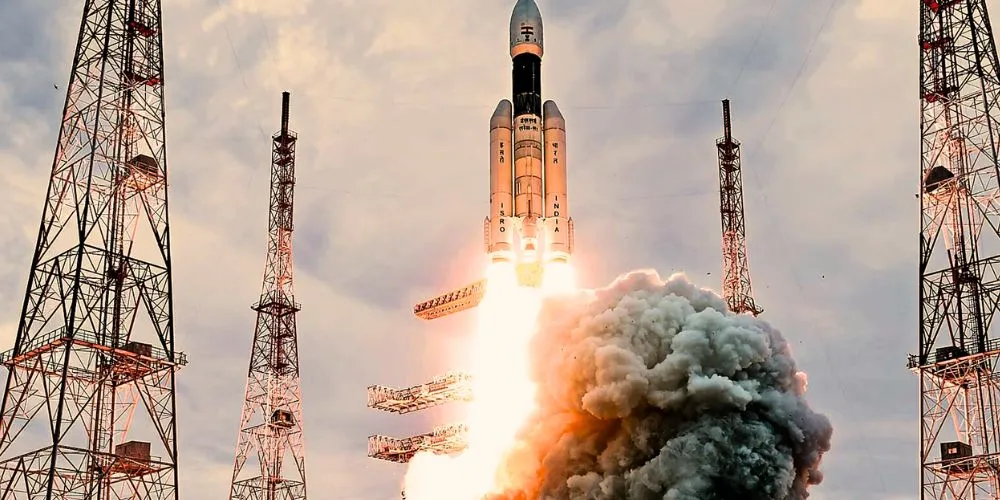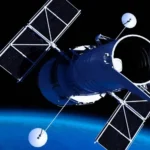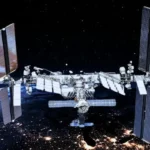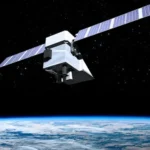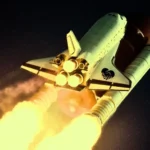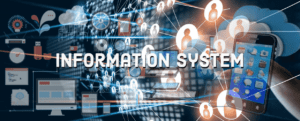The space industry stands at the forefront of human exploration and technological innovation, propelling humanity beyond the confines of Earth and into the vastness of outer space. From launching satellites and conducting scientific research to exploring distant planets and beyond, the space industry encompasses a wide range of activities to expand our understanding of the cosmos and unlock the mysteries of the universe. In this article, we embark on a journey to explore the significance of the space industry, the advancements driving space exploration, and the implications for humanity’s future in space.
Understanding the Space Industry
The space industry comprises public and private entities involved in developing, operating, and utilizing space-related technologies and services. It encompasses various sectors, including space exploration, satellite communications, Earth observation, space tourism, and space commerce. The space industry leverages advanced technologies, scientific research, and international collaboration to expand human presence in space, advance scientific knowledge, and enhance life on Earth.
Space Exploration
Space exploration represents humanity’s quest to explore and discover the cosmos, from the Moon and Mars to the outer reaches of the solar system and beyond. Government space agencies, such as NASA, ESA, and Roscosmos, lead efforts to explore distant worlds, conduct robotic missions, and search for signs of life beyond Earth. Private companies, such as SpaceX, Blue Origin, and Virgin Galactic, are also pioneering space exploration initiatives, developing spacecraft, launch vehicles, and space habitats to enable human spaceflight and colonization of other planets.
Satellite Communications
Satellite communications are vital in modern society, providing global connectivity for telecommunications, broadcasting, navigation, and internet services. Commercial satellite operators, such as Intelsat, SES, and Iridium, deploy satellite constellations in orbit to deliver voice, data, and video services to users worldwide. Satellite communications enable real-time communication, remote sensing, and disaster response, supporting diverse telecommunications, media, agriculture, and emergency services applications.
Earth Observation
Earth observation satellites monitor and study the Earth’s environment, atmosphere, and climate, providing valuable data for scientific research, environmental monitoring, and resource management. Remote sensing satellites, such as Landsat, MODIS, and Sentinel, collect imagery and data on land cover, vegetation health, oceanography, and atmospheric conditions, enabling scientists to monitor environmental changes, track natural disasters, and assess the impact of human activities on the planet.
Advancements in Space Technology
Recent advancements in space technology are driving innovation and expanding the capabilities of the space industry, enabling new opportunities for space exploration, satellite communications, and Earth observation.
Reusable Launch Vehicles
Reusable launch vehicles, such as SpaceX’s Falcon 9 and Blue Origin’s New Shepard, are revolutionizing access to space by reducing the cost of launching payloads into orbit. These vehicles are designed to launch, land, and be refurbished for multiple missions, enabling rapid and cost-effective access to space for satellite deployment, cargo resupply missions, and crewed spaceflight. Reusable launch vehicles are opening up new possibilities for space exploration, commercial spaceflight, and space infrastructure development.
Small Satellite Technology
Advancements in small satellite technology, such as CubeSats and nanosatellites, are democratizing access to space for a wide range of applications, including Earth observation, scientific research, and technology demonstration. Small satellites offer a cost-effective and flexible platform for conducting space experiments, testing new technologies, and deploying constellations for global connectivity and monitoring. Small satellite technology drives innovation in the space industry and enables new opportunities for commercial space ventures and exploration.
Lunar and Planetary Exploration
Lunar and planetary exploration efforts are accelerating with the development of new spacecraft, rovers, and landers for exploring the Moon, Mars, and other celestial bodies. NASA’s Artemis program aims to return humans to the Moon by 2024 and establish a sustainable lunar presence, paving the way for future crewed missions to Mars and beyond. Commercial companies like SpaceX and Blue Origin are also developing lunar landers and missions to support scientific research, resource exploration, and space tourism activities.
Applications of Space Technology
Space technology has diverse applications across various sectors, including telecommunications, navigation, Earth observation, and scientific research, benefiting society and advancing human knowledge of the universe.
Telecommunications and Connectivity
Space technology enables global telecommunications and connectivity through satellite communications networks, providing voice, data, and internet services to users worldwide. Satellite constellations, such as Starlink, OneWeb, and Project Kuiper, aim to provide high-speed broadband internet access to underserved regions and remote areas without terrestrial infrastructure. Satellite-based communications support telecommunications, broadcasting, navigation, and emergency response services, enhancing connectivity and enabling people around the world access to information and communication technologies (ICTs), Environmental Monitoring, and Resource Management.
Space technology facilitates environmental monitoring and resource management through Earth observation satellites, remote sensing, and geospatial analysis. Satellite imagery and data monitor land use, deforestation, urbanization, and natural disasters, providing valuable information for environmental conservation, land management, and disaster response efforts. Earth observation satellites also support agriculture, forestry, water management, and climate research, enabling policymakers and stakeholders to make informed decisions and address global environmental challenges.
Scientific Research and Exploration
Space technology enables scientific research and exploration of the cosmos, from studying distant galaxies and black holes to exploring the planets, moons, and asteroids of our solar system. Telescopes, such as the Hubble Space Telescope and the James Webb Space Telescope, observe the universe across different wavelengths of light, revealing the origins of stars, galaxies, and cosmic phenomena. Robotic spacecraft, such as the Mars rovers and the Voyager probes, explore the solar system and beyond, studying planetary geology, atmospheric dynamics, and the potential for life beyond Earth.
Challenges and Future Directions
The space industry faces various challenges, including technological barriers, regulatory hurdles, and sustainability concerns, as it continues to expand human presence in space and explore the cosmos.
Technological Advancements
Advancing space technology requires ongoing investment in research and development to overcome technical challenges, improve performance, and reduce space missions and operations costs. Developing next-generation propulsion systems, advanced materials, and in-situ resource utilization (ISRU) technologies will enable sustainable human exploration of the Moon, Mars, and beyond. Innovations in propulsion, power generation, and life support systems are essential for supporting long-duration crewed missions, space habitats, and space infrastructure in deep space environments.
International Collaboration
International collaboration and cooperation are essential for addressing global challenges in space exploration, including space debris mitigation, space traffic management, and planetary protection. Collaborative initiatives, such as the International Space Station (ISS), the Artemis Accords, and the Lunar Gateway, bring together space agencies, governments, and commercial partners to advance human space exploration, scientific research, and technology development. International partnerships promote shared goals, resources, and expertise in exploring and utilizing space for the benefit of all humanity.
Sustainability and Space Governance
Sustainability and space governance are critical for ensuring the responsible use and management of space resources and environments. Addressing concerns about space debris, orbital congestion, and space traffic management requires international cooperation and regulatory frameworks to mitigate risks and preserve the long-term sustainability of space activities. Sustainable space exploration and utilization practices, such as in-situ resource utilization (ISRU), environmental monitoring, and space situational awareness (SSA), are essential for protecting space assets, preserving celestial environments, and fostering a sustainable future in space.
Conclusion
The space industry holds tremendous potential for advancing human knowledge, exploring the cosmos, and improving life on Earth. By leveraging advanced technologies, international collaboration, and sustainable practices, the space industry can expand human presence in space, drive scientific discovery, and inspire future generations to explore and discover the wonders of the universe. As we continue to push the boundaries of space exploration and technology, the journey of the space industry is guided by the principles of curiosity, innovation, and collaboration, shaping a brighter future for humanity in the final frontier.
